On Sunday, August 10th, a group of us ventured out to the countryside to the quaint and historic town of Kloisterneuberg (Sp?). We took the U Bahn to a train and the journey took about 45 minutes one-way. When we got there, we headed up the hill towards the chapel and monastery that Kloisterneuberg is famous for. After walking around the grounds and taking some pictures, we ate lunch at a small restaurant right in front of the monastery gates. We then saw Kathy, Louise, and Jeff who had biked there, and we all convened for a group tour through the grounds. The tour was interesting and Kathy gave us a lot of extra insight and information, but I I personally thought our tour guide was merely satisfactory but not especially good (although it might have just been because of the language barrier.)
On the tour we learned a lot about the history of the land and monastery which dates back 900 years. Over 500 Romans inhabited this land which was once the sight of one of their northern territories during the Roman Empire (and Marcus Aralias was said to have died here in a battle against the Barbarians.) We even saw Roman gravestones that have been found and are kept in the monastery, dating back to 40 AD.
We learned that the monastery was founded by Leopold III in the 15th century and supposedly was done so to commemorate a miracle that occurred when some of his troops found a white scarf in the woods that his wife had lost years prior, which was completely clean, unscathed, and intact with a glowing aura around it. Because he was such a kind and benevolent ruler, Leopold III was made a saint in 1485 and on his date of death which was November 15th, there is a huge celebration in Kloisterneurberg to celebrate his life. Leopold’s wife Agnes and his children are all buried in a small monument within the monastery near an enamel altar which we were able to see on the tour.
This became the first gothic chapel of Austria, along with the oldest and largest winery at 25 acres which now produces about a million bottles of wine per year. The architecture of the buildings were originally of the Romanesque style but were made into Baroque in later years. The monastery is Augustinian, and on the 28th of August hopeful Canons come to the monastery and proceed to stay for 46 months to receive training and religious education. The church is covered in painted Biblical scenes with Mary, because it was symbolically donated to her in her honor. One of the main pieces we looked at was a Byzantine altar piece that was contained sequential images of Christ’s life. We watched a video on how it was made, was probably once located outside the building, and was saved in a fire at the last minute (after one of the monks threw wine on it to keep it from burning then rescued it from the building). I thought the tour of the church and monastery was interesting, and I really enjoyed learning about the history of the land which dated back to the Romans. However, I am still skeptical about the Catholic church and I can’t help but question the contradictory themes that seem to keep coming up. The Canons must give up a life of material goods and marriage with a woman, in order to focus on their relationship with God and be admitted into the monastery, but in Kloisterneurberg, the monastery is an enterprise that makes tons of money from wine sales, owns 24 different parishes around town, as well as land and buildings in Vienna. It is a huge money-making power house that has put this small town on the map, and even profits from tourism, a gift shop, and a fancy café not to mention the pricey wine tours offered. I am still trying to figure out this relationship between piety and profiteering, so its possible that I may need to visit a few more churches and learn more about Catholic history before I can grasp a definitive answer.
After the tour, Kathy brought us to a really cute, authentic wine tavern which had delicious food and wine. We ate plates of various meats, cheese, salad, spreads, and bread, and ordered the local white wine which is called Gruner Veltiner. We also made a friend named Hans who is an older, local man and was really excited to hang out and chat with us. He bought us wine and asked us lots of questions about where we’re from, what we like to do, what sports we play, and what nationalities we are (where we came from before the US.) He had fun guessing our different origins and he couldn’t seem to get over how tall I was, but immediately guessed that I am Swedish (among other things). We also sang lots of songs (especially from the sound of music) and he bought all the women long-stemmed red roses. Hans even said that after spending a few hours with us his opinions on Americans have changed in a more positive light- which really meant a lot to me. We left the wine tavern full of good food, warmed with great wine, and in cheerful spirits from a lovely day in a lovely town.
Thursday, August 21, 2008
Subscribe to:
Post Comments (Atom)
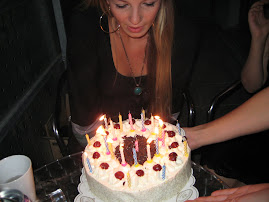

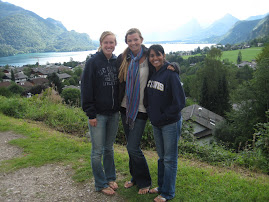
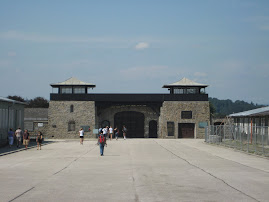
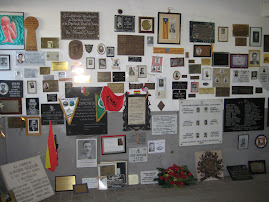
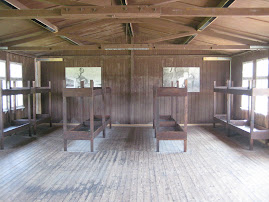
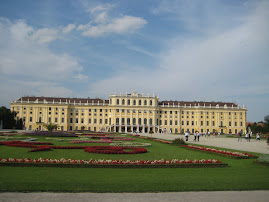
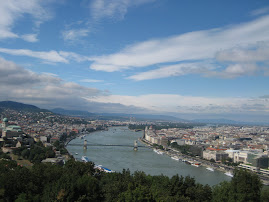
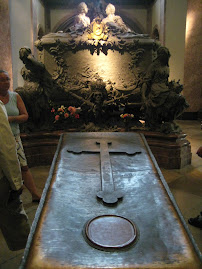
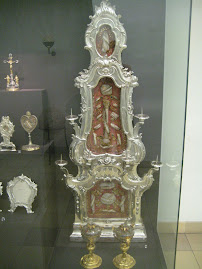
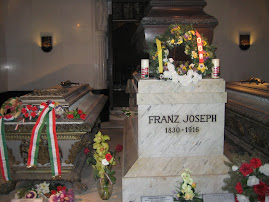

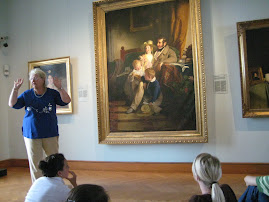
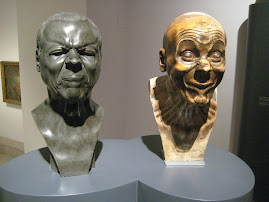
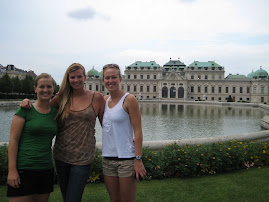
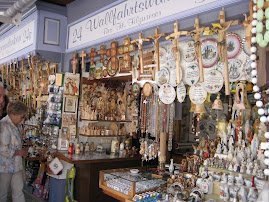
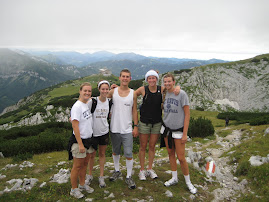
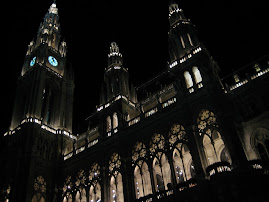
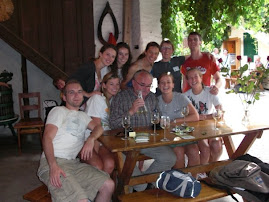
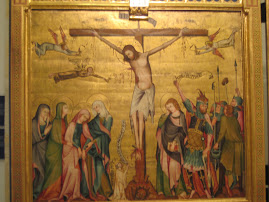
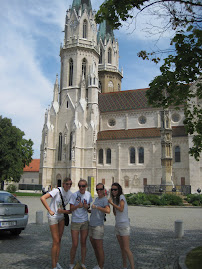
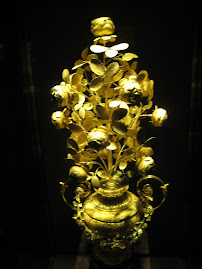
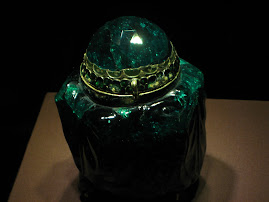
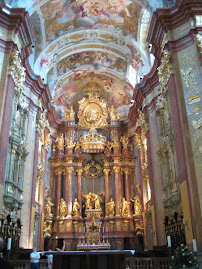
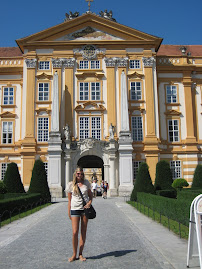
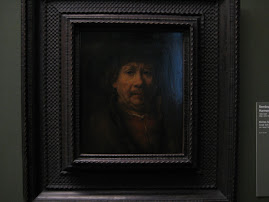
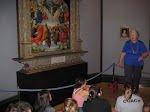
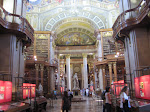
No comments:
Post a Comment